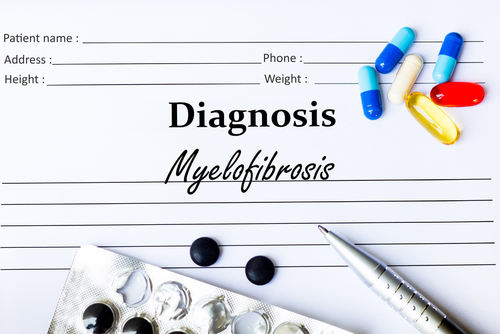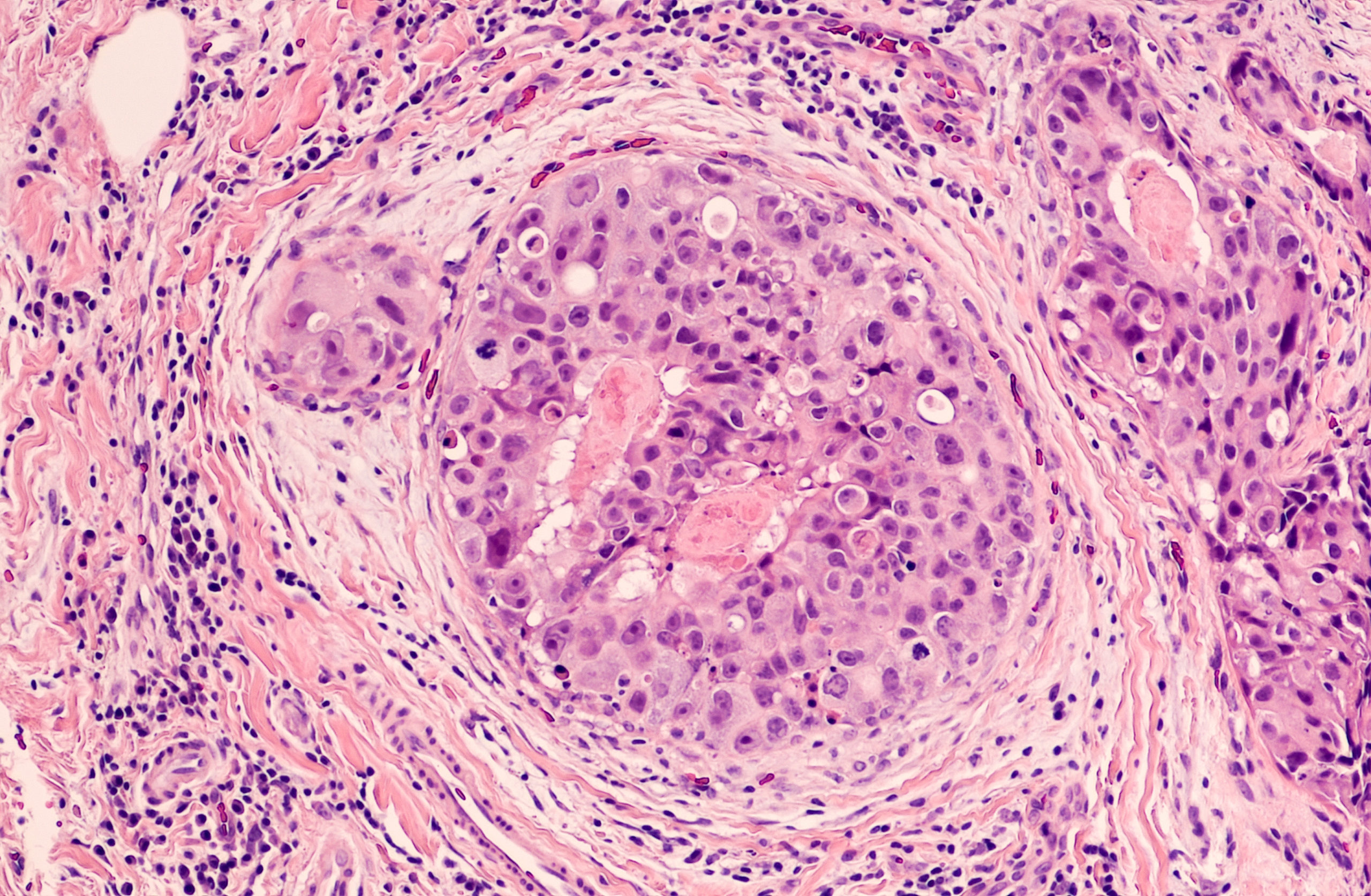
Treating patients with myelofibrosis with the Janus kinase inhibitor ruxolitinib before, during, and after hematopoietic stem cell transplantation (HSCT) is safe and effective, according to a study that will be presented at the 65th ASH Annual Meeting & Exposition, which is taking place December 9-12 in San Diego, California.
In this phase 2, multicenter, investigator-initiated study, Dr. Gabriela S. Hobbs and colleagues assessed 43 patients (median age, 66 years; 37% women) with myelofibrosis who underwent HSCT with ruxolitinib administered before, during, and 1 year post-transplant. The primary end point of interest was defined as 1-year graft-versus-host disease (GVHD)-free, relapse-free survival (GRFS). The study’s secondary end points included overall (OS) and progression-free survival (PFS), engraftment, and incidence of acute and chronic GVHD.
After a median follow-up among survivors of 13 months, the researchers observed that the 1-year GRFS was 74%, with an OS and PFS of 86% and 79%, respectively. Overall, the cumulative incidence of grade III-IV acute GVHD after 6 months was just 2.4%, and only 1 patient had grade IV acute GVHD, the researchers noted.
“This study is the first multicenter trial to test ruxolitinib use pre-, during, and post-HCT in patients with myelofibrosis. Our results demonstrate [the] safety and feasibility of this approach,” the researchers concluded.
Reference
Hobbs G, Kim H, O’Connor S, et al. Updated findings of a phase II study of ruxolitinib pre-, during- and post-hematopoietic stem cell transplantation for patients with primary or secondary myelofibrosis. Abstract #2103. Presented at the 65th ASH Annual Meeting & Exposition; December 9-12, 2023; San Diego, California.







 © 2025 Mashup Media, LLC, a Formedics Property. All Rights Reserved.
© 2025 Mashup Media, LLC, a Formedics Property. All Rights Reserved.